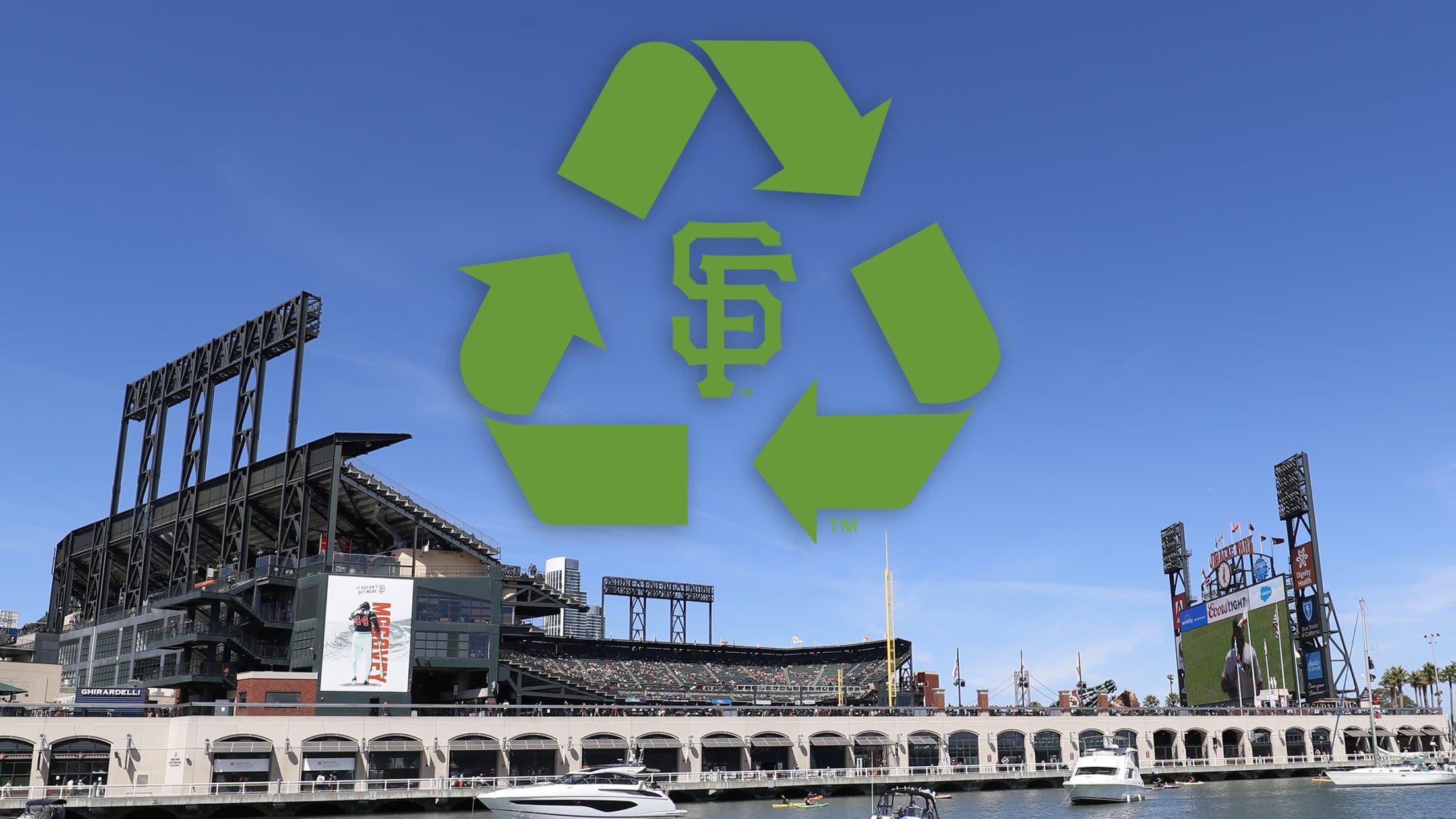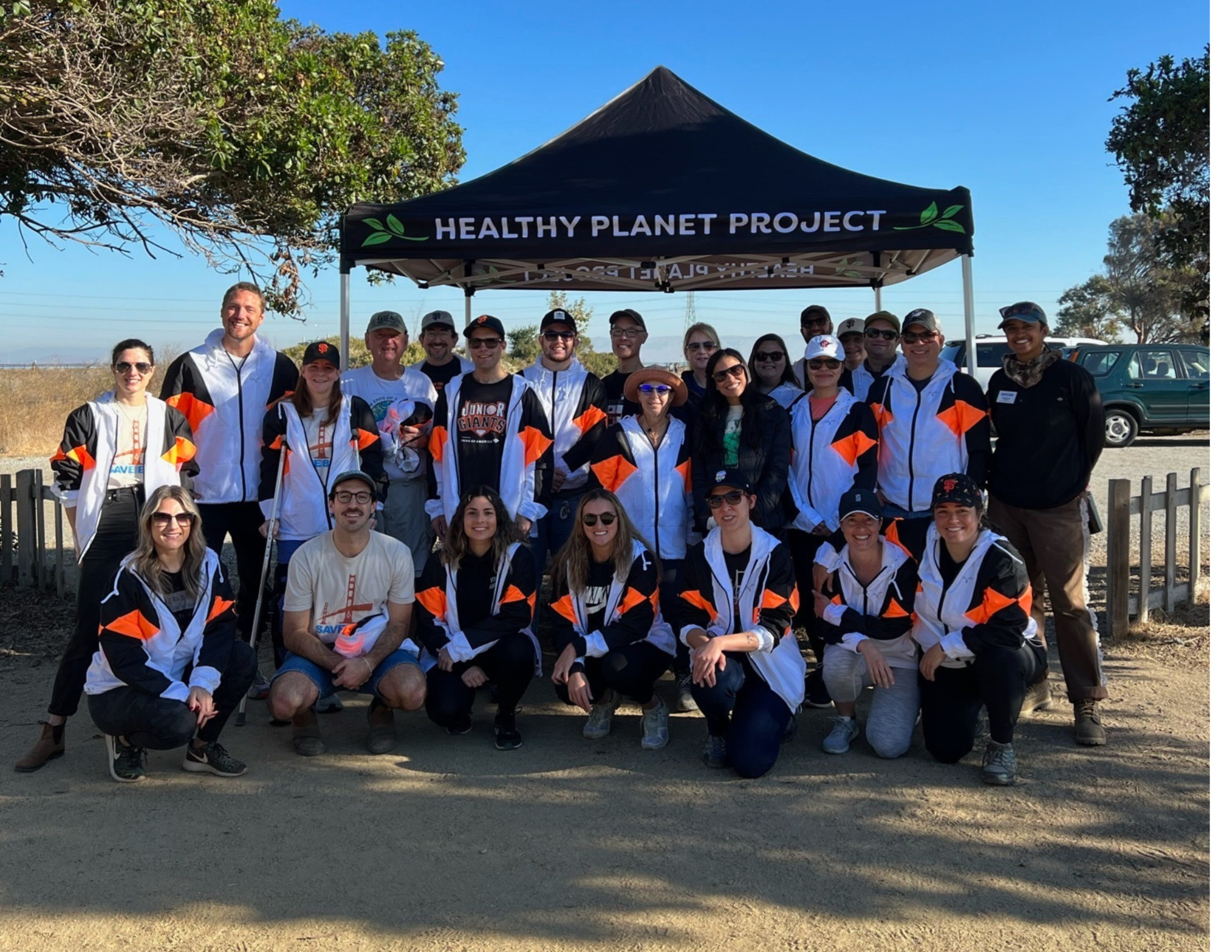As a pioneer in environmental stewardship, the Giants are dedicated to making sustainability a top priority every day - evident across the organization’s legacy green initiatives, including programs in recycling, solar power, energy efficiency, water conservation, food recovery, public transit, and more. Thirteen-time Green Glove Award winner, Oracle Park remains the first and only major league ballpark to receive all three U.S. Green Building Council (USGBC) certifications - platinum (2019), gold (2015) and silver (2010) - for Leadership in Energy and Environmental Design (LEED) for Existing Buildings, Operations and Maintenance (EBOM).
Environmental Sustainability


Oracle Park's biological nutrition program utilizes beneficial bacteria and fungi as well as an integrated pest management system to significantly reduce the use of unhealthy pesticides while promoting and maintaining healthy soil and turf. Turf management is supported by advanced drone imagery helping to direct the decision-making for highly sustainable water and fertilizing processes. LED field lights and sustainable field irrigation practices substantially reduce energy consumption and water usage. Solar arrays reduce the usage of gasoline, charcoal and propane. Cutting-edge anaerobic towers (The Garden) grow fresh vegetation, eventually served at concession stands throughout the ballpark. With year-round activity at Oracle Park, including hundreds of baseball games and events, the long legacy of environmental responsibility is representative of the Giants commitment to enriching communities through excellence on and off the field.

In 2023, Forever Giant Hunter Pence formally launched his nonprofit, Healthy Planet Project (HPP) - focused on sustainability, reducing and preventing pollution and creating a cleaner environment in the Bay Area. Pence and HPP partner with local organizations and the Giants to clean up San Francisco, fight climate change and raise awareness for local environmental initiatives. The campaign prioritizes creating a healthier and more resilient Bay Area, planting trees to create a healthier climate for all, improving parks and public spaces, organizing youth activities and educational programs and promoting climate-conscious practices to minimize pollution.


